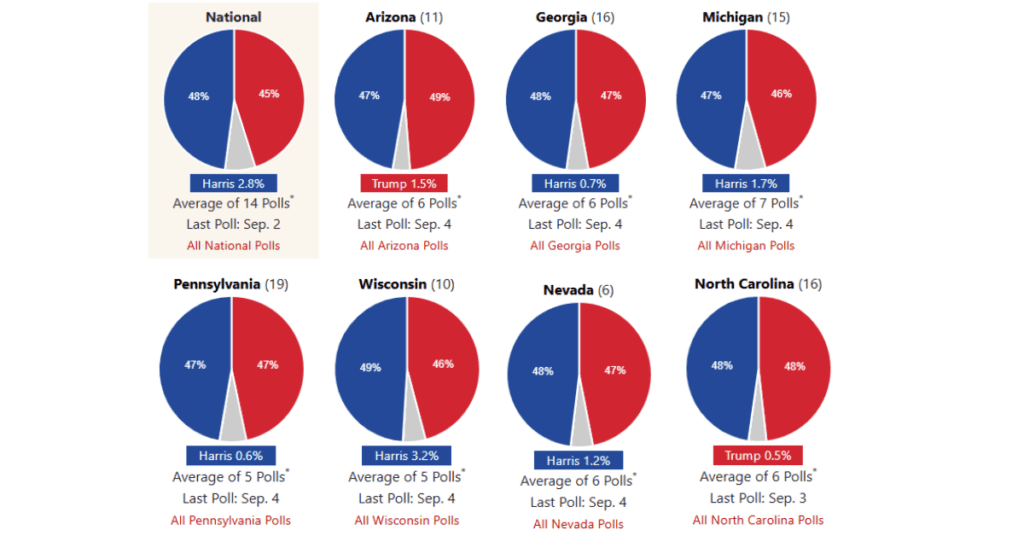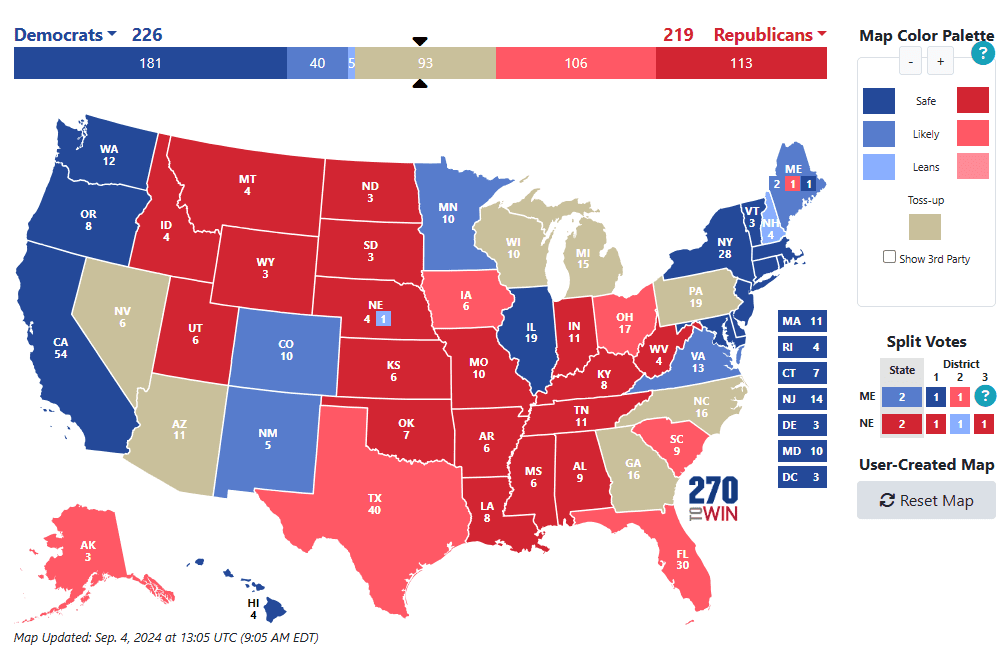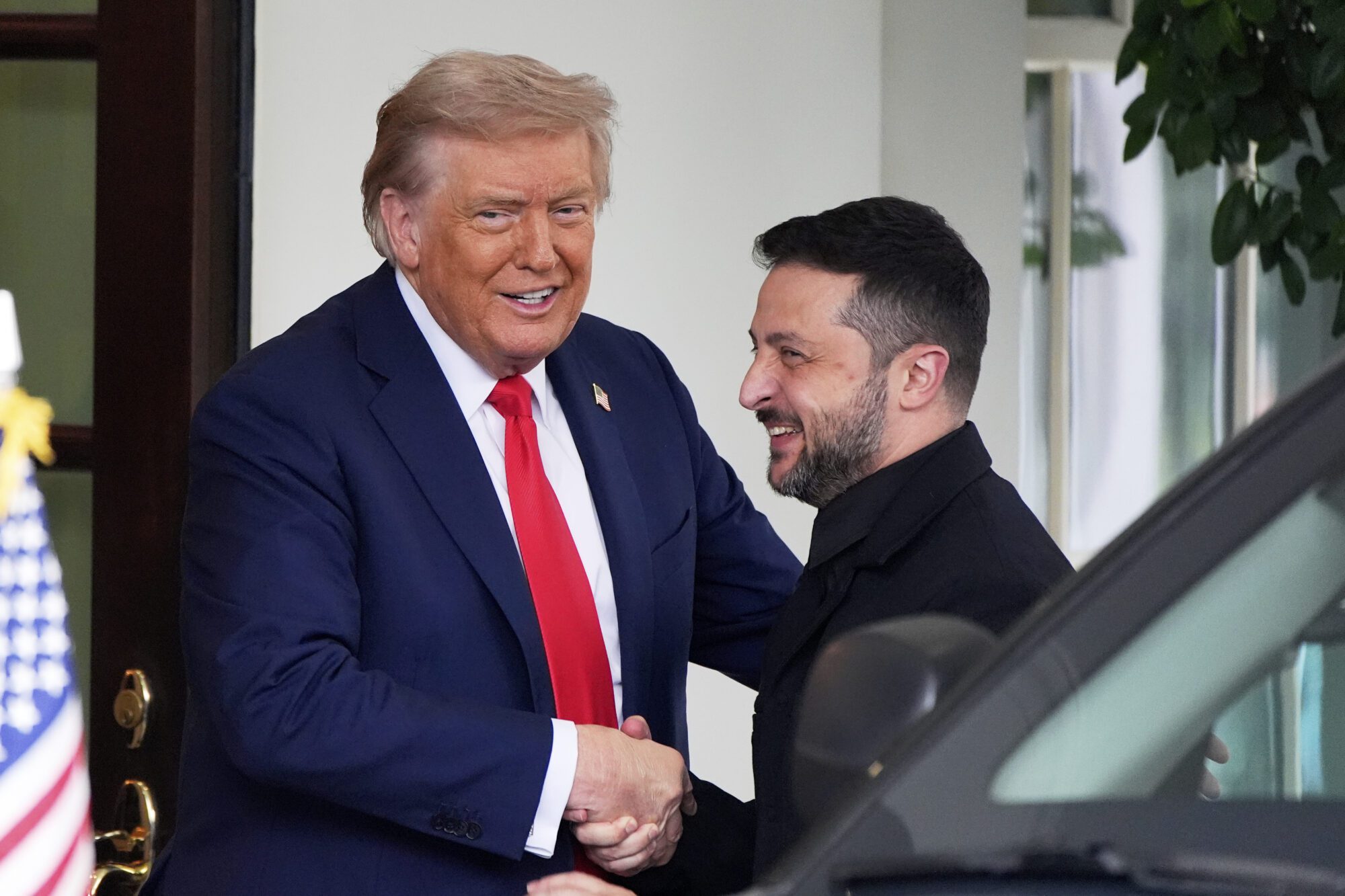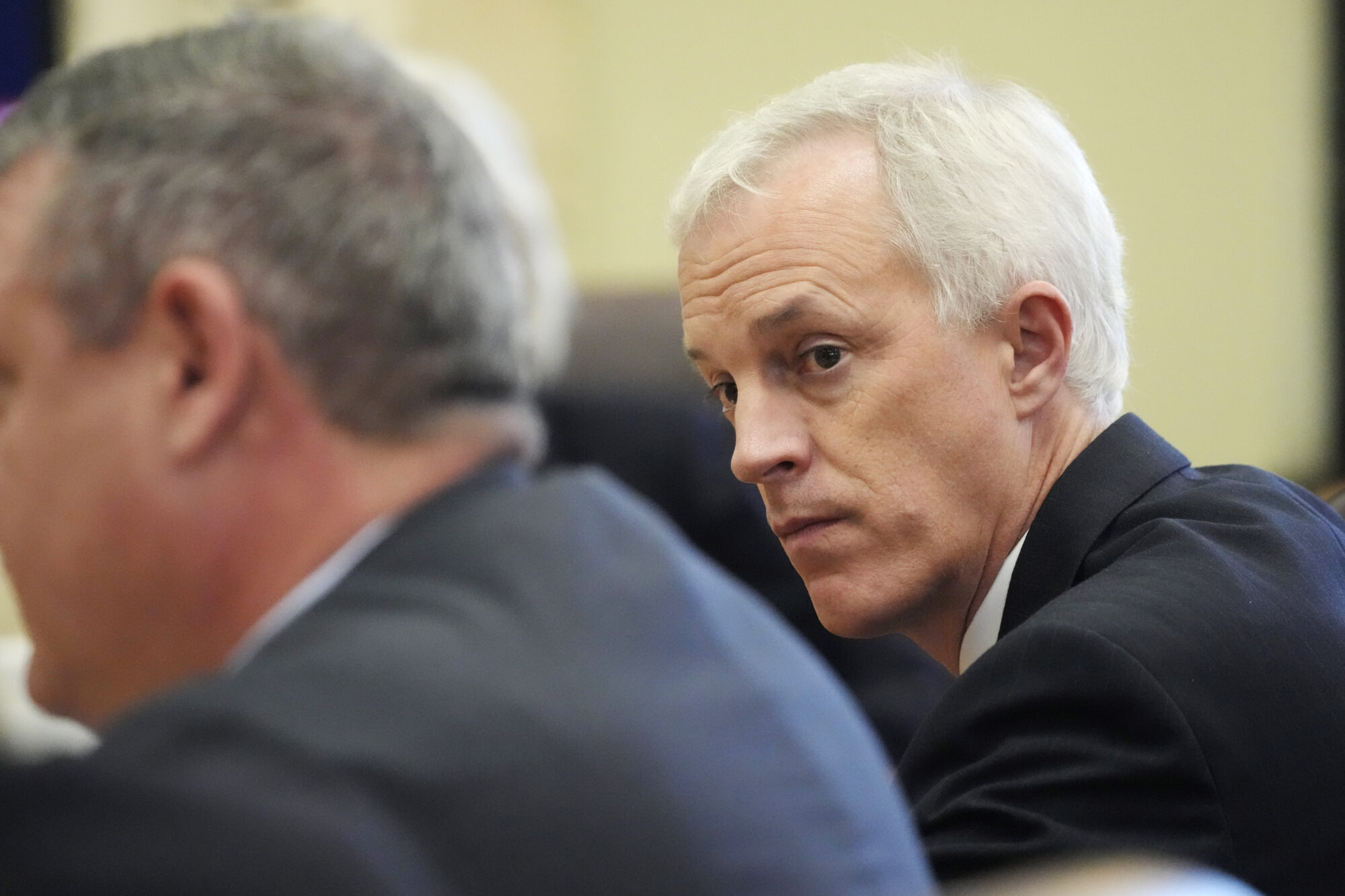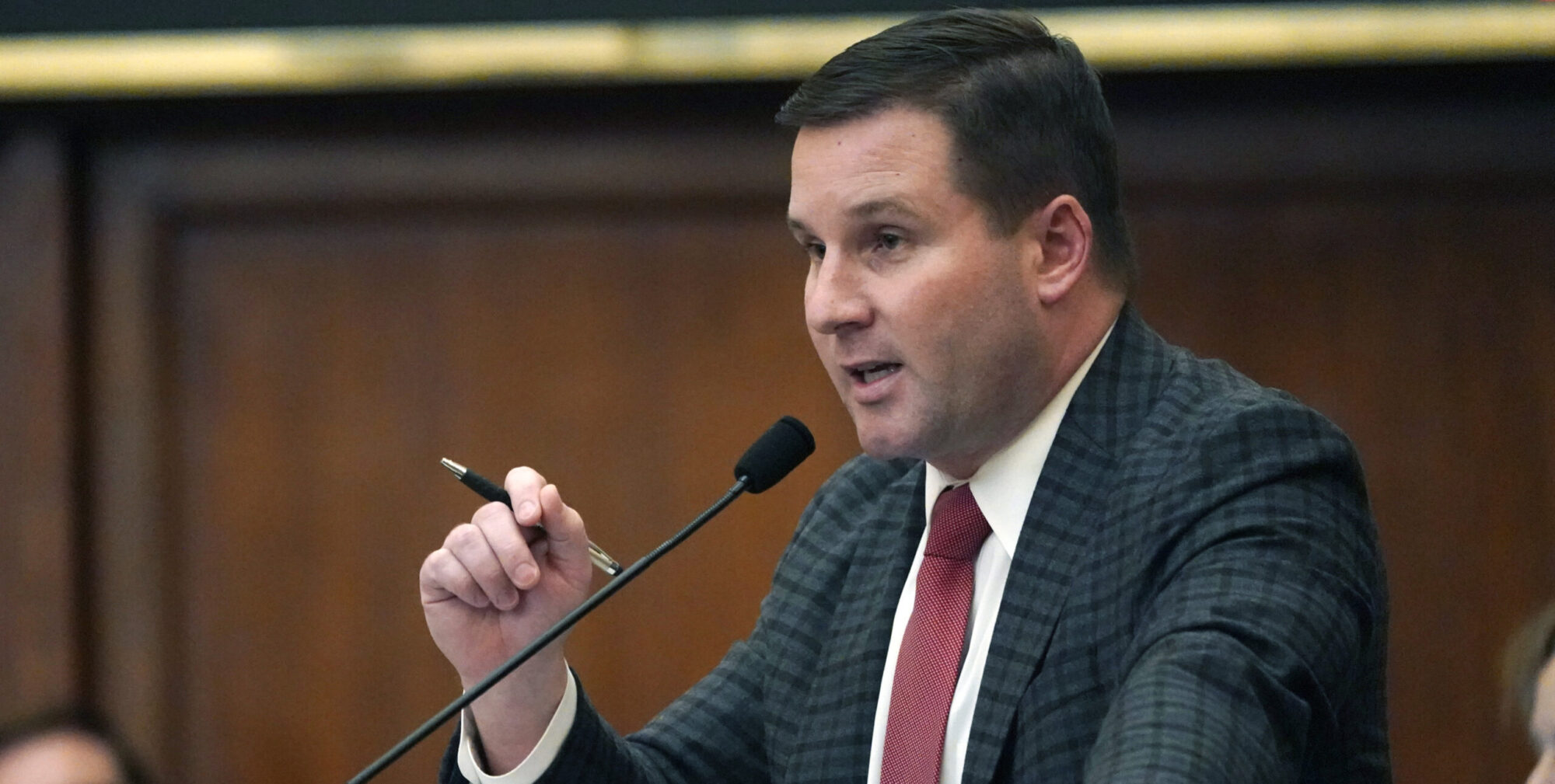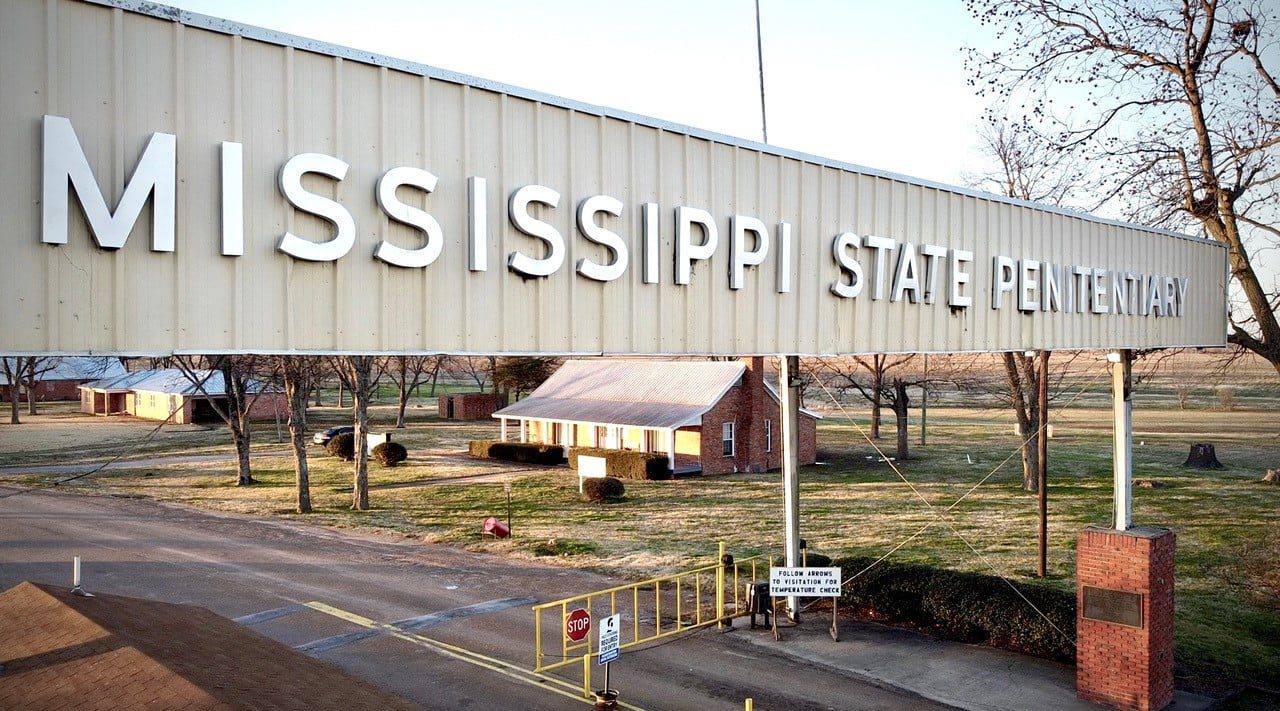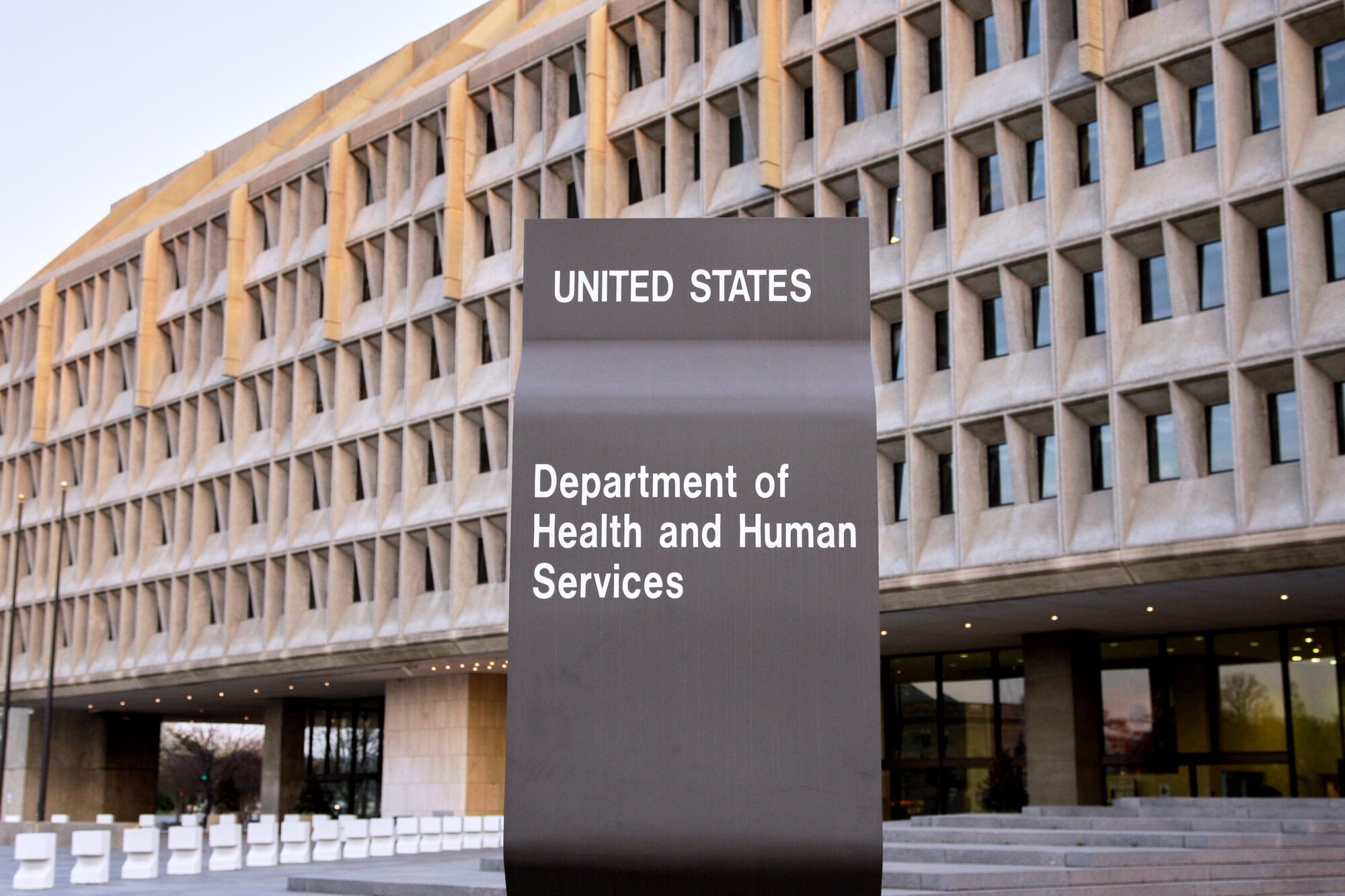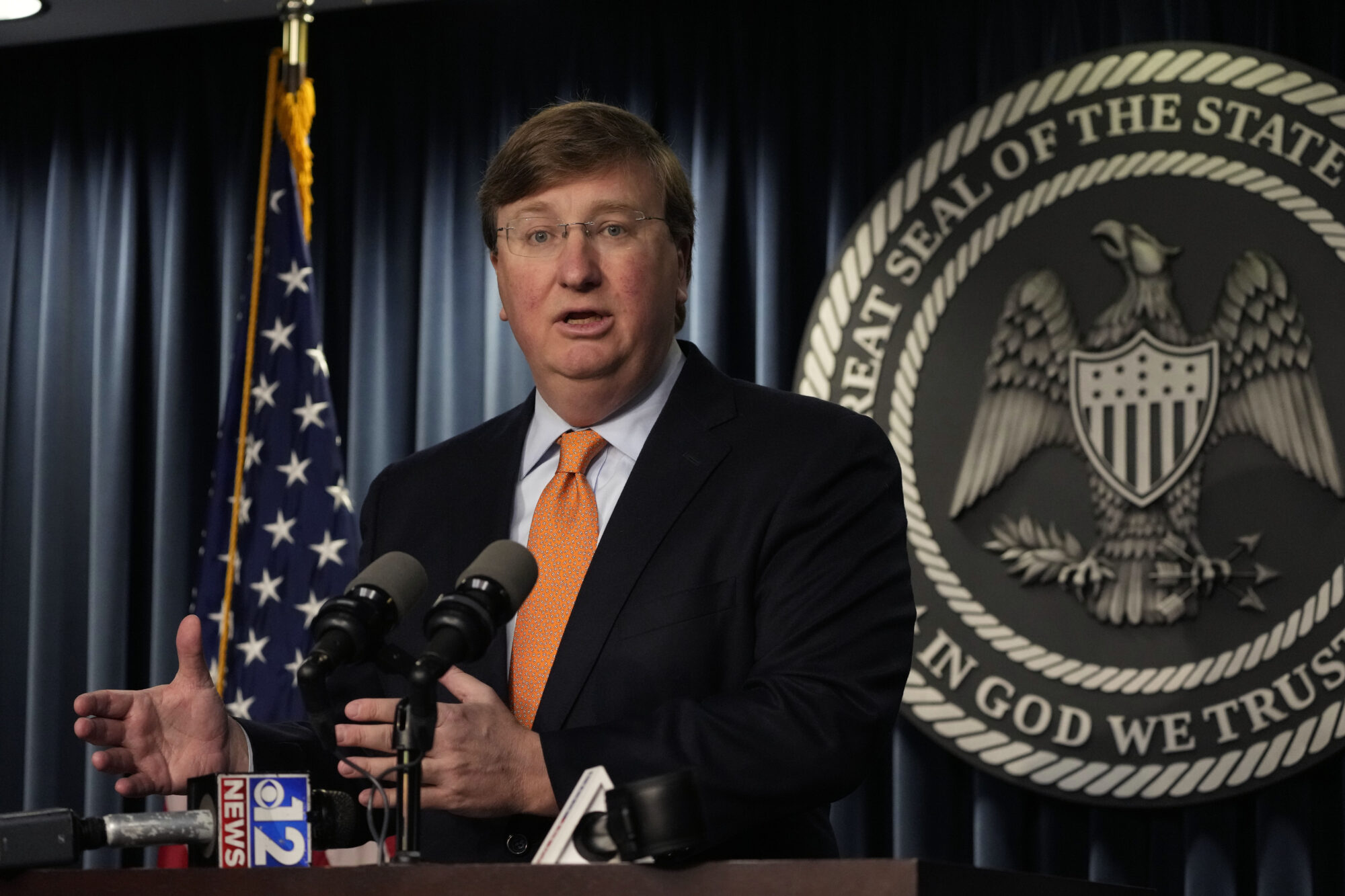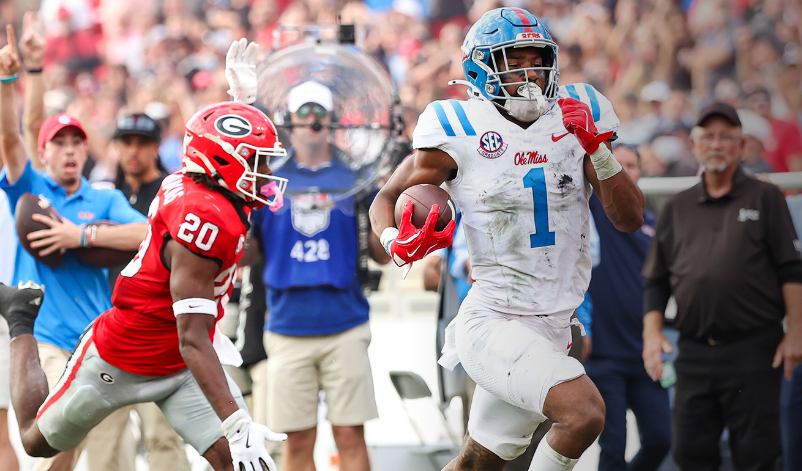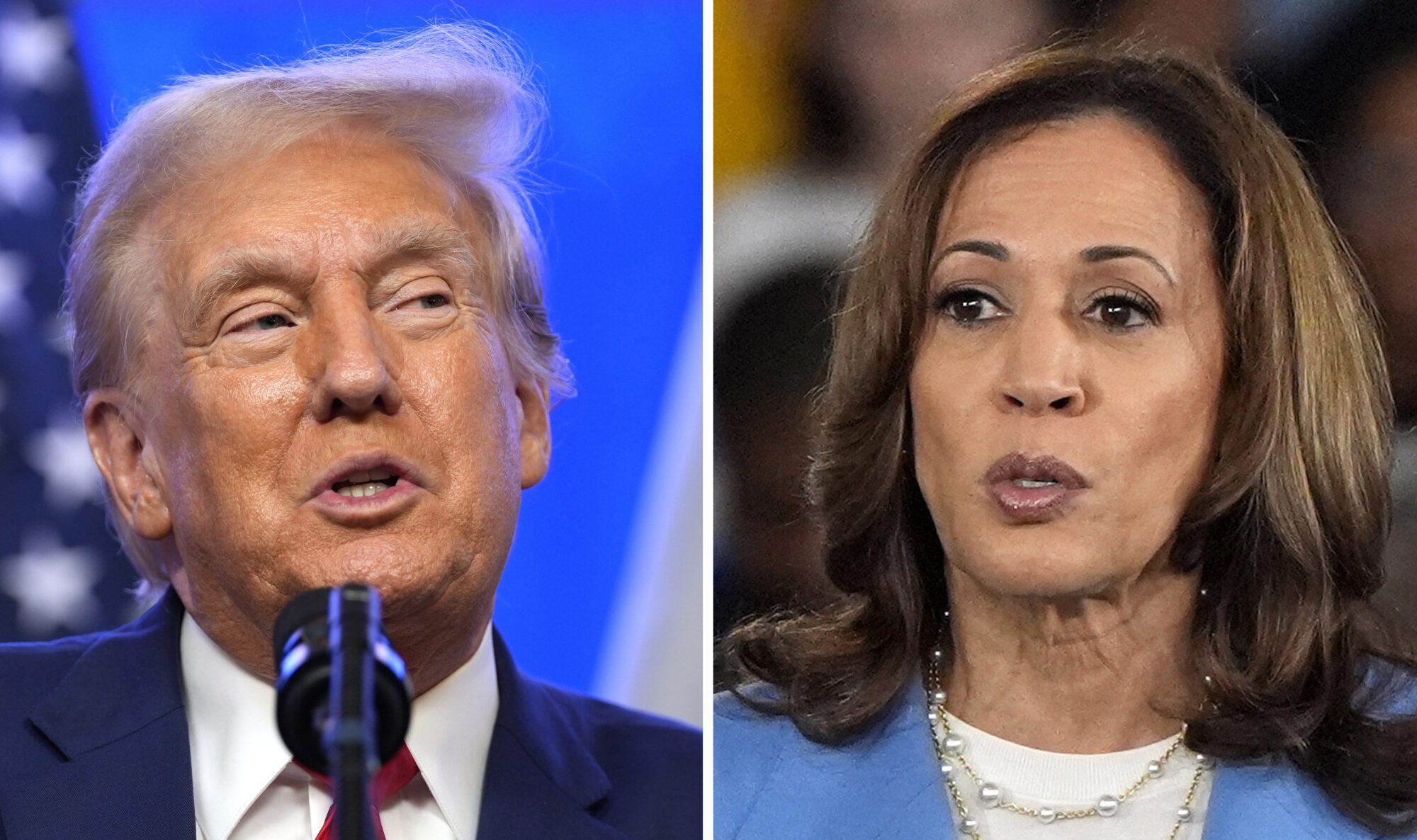
This combination photo shows Republican presidential nominee former President Donald Trump at an event, Aug. 15, 2024, in Bedminster, N.J., left, and Democratic presidential nominee Vice President Kamala Harris at a campaign event in Raleigh, N.C., Aug. 16, 2024. (AP Photo)
- What to expect on September 10th and what the polls are saying ahead of the debate.
It’s been over two months since former President Donald Trump stood on a presidential debate stage in his third consecutive bid for the White House as the Republican nominee. Much has changed in the last 10 weeks.
Trump is no longer running against incumbent Democratic President Joe Biden. Biden’s dismal debate performance coupled with Trump surging in the polls led prominent Democrats such as former Speaker Nancy Pelosi and Senate Majority Leader Chuck Schumer to urge the President to step aside in favor of a younger candidate. Biden’s jumbled speech and inability to remain on topic in the debate accentuated the narrative that his age was indeed a factor voters must consider.
An attempted assassination of Trump two weeks later, days before the start of the Republican National Convention, further pushed the Republican ahead of Biden in national polling. Trump’s defiant response to the assassination attempt with fist raised and blood smeared down his face was an image that took the world by storm. Four days of pro-America excitement at the GOP convention turned into a big bump in public sentiment for Trump which put national Democrats on their heels, fearing Biden was almost certainly headed toward defeat.
With calls for him to withdraw and endorse his Vice President Kamala Harris hitting a fever pitch, Biden announced that he would bow out of the race and back Harris on the Sunday after the RNC concluded.
Harris and party faithful quickly moved to gain support from the delegates to the Democratic National Convention, which came in early August in a virtual meeting where she was tapped to be the nominee ahead of the convention. Harris calmed the nerves of Democrats and gave them a renewed sense of enthusiasm, and it showed in the polls.
Yet, at the end of the Democrats’ convention, independent presidential candidate Robert F. Kennedy, Jr. stole headlines from Harris as he came out swinging against the Democratic Party and their new ticket. Kennedy, who had been polling around 4-5 percent nationally, suspended his presidential campaign and endorsed Trump. The effect of Kennedy’s announcement hasn’t significantly moved the needle for either Trump or Harris.
It’s now been two weeks since Harris left Chicago as her party’s standard-bearer, and she and Trump are set meet for the first time on a presidential debate stage Tuesday in a primetime event hosted by ABC News.
What to Expect at the Debate
Viewers of the Trump-Harris debate will see a format similar to what Trump faced with Biden.
After deliberations between the two campaigns, the rules have been set and agreed upon by both Trump and Harris.
The 90-minute debate, which is being held at the National Constitution Center in Philadelphia, will be hosted by “World News Tonight” anchor David Muir and ABC News Live “Prime” anchor Linsey Davis.
Microphones will be muted when a candidate is not speaking, same as it was in the June Trump-Biden debate, and there will not be a live audience.
It is expected that neither candidate will be given a chance to provide opening remarks. Instead, the moderators will introduce the candidates and move straight into their questioning.
Trump and Harris will not be allowed pre-written notes but can make notes at their podiums during the debate.
ABC News has said that “no topics or questions will be shared in advance with campaigns or candidates.” In addition, the candidates will not be allowed to interact with their campaign staff during the two commercial breaks.
What the Polls are Saying
FiveThirtyEight‘s polling average shows Harris up 3 points on Trump nationally as of Thursday. The New York Times also has Harris ahead by the same margin.
“Polls in seven key battleground states are very close, and flipping just a state or two could lead to either candidate’s victory,” the New York Times reports. “Many outcomes are possible: Since the results in states often move together, and polls often miss in the same direction, it would take only a small shift — or polling miss — in either candidate’s favor to turn a narrow win in the Electoral College into a victory with more than 300 electoral votes.”
A candidate needs to secure 270 electoral votes to win.
While it’s widely believed that Harris will win the popular vote, Trump’s campaign and Republican voters are focused on winning key battleground states that could ultimately hand him an Electoral College win.
To reach 270, Trump needs to a win a splattering of states that remain in play. Conventional political wisdom has shown that the states to watch include Georgia, Arizona, Nevada, Michigan, Pennsylvania, Wisconsin and North Carolina.
270towin, another national polling aggregator, shows Harris up by 2.8 points on Trump nationally. In those seven battleground states, Trump is narrowly leading in two – Arizona and North Carolina. Harris and Trump are essentially tied in Georgia and Pennsylvania, while Harris shows a slight lead in Nevada and Michigan. Harris appears to be in command in Wisconsin.
270towin’s latest consensus forecast Electoral College map using a composite of ratings by several forecasters shows Trump with a safe or likely 219 electoral votes to Harris’ safe or likely 226.
Using these numbers, should Trump win Georgia, North Carolina, Arizona and Nevada, he would be at 268 electoral votes, leaving him two electoral votes shy. This means Republicans need either Pennsylvania or Michigan to fall their way to have a path to victory, using these assumptions.
This realization is why both campaigns are spending significant money and time in the Rust Belt states down the stretch. Harris and Trump know their road to the White House essentially runs through Pennsylvania and Michigan.
